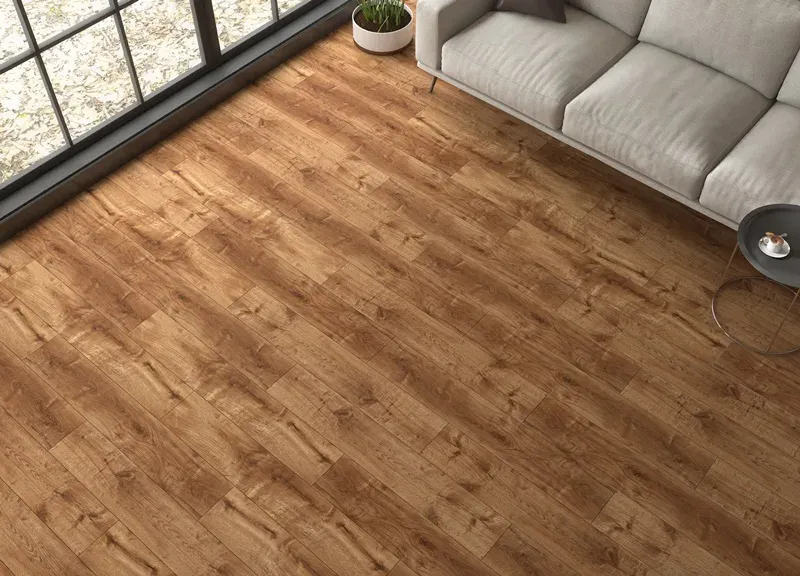design floors
Exploring the Art and Science of Design Floors
In the realm of interior design, the importance of flooring cannot be overstated. Floors serve as the foundation of any space, impacting not only the aesthetic but also the functionality and comfort of a room. With the right design, floors can elevate a simple area into a stunning environment that reflects the personality and style of its inhabitants. In this article, we will explore various aspects of design floors, from materials and styles to trends and sustainability.
The Basics of Flooring Design
When considering design floors, the first decision is often the material. The options are abundant, ranging from classic hardwood and luxurious marble to modern vinyl and eco-friendly bamboo. Each material offers its own unique set of characteristics. Hardwood, for example, provides warmth and elegance, making it a timeless choice for many homes. On the other hand, vinyl can emulate the look of natural materials while offering increased durability and easier maintenance, crucial for high-traffic areas.
Styles and Patterns
Design floors also allow for creativity through styles and patterns. Traditional designs may feature elaborate mosaics or herringbone patterns, while contemporary spaces might lean towards minimalist aesthetics with clean lines. The layout and arrangement of flooring can significantly impact the perception of space—diagonal patterns, for instance, can create a sense of expansiveness, making a room feel larger than it actually is.
Color and Texture
design floors

The color palette for flooring is equally important in design. Lighter shades can brighten a space and make it feel airy, while darker hues add depth and a touch of sophistication. Texture adds another layer of interest; smooth, glossy finishes may complement modern designs, while distressed or hand-scraped finishes can evoke a sense of history and character in a rustic setting.
Trends in Flooring Design
Current trends in flooring design reflect a growing interest in personalization and sustainability. Many homeowners are now opting for unique, custom designs that reflect their personal tastes. For example, a mix of materials—such as combining wood and tile—can create a striking visual contrast. Natural and reclaimed materials are also gaining popularity as people become more environmentally conscious. These choices not only reduce the carbon footprint but also add a unique story to the home's decor.
Maintenance and Longevity
While aesthetics are crucial, practicality should not be overlooked. The maintenance requirements of different flooring types can vary significantly. For instance, while hardwood floors are beautiful, they require regular upkeep to maintain their luster. In contrast, tile and vinyl may offer more resilience against spills and stains, making them ideal for families with young children or pets.
Conclusion
In conclusion, design floors play a pivotal role in shaping the overall ambiance of a space. From selecting the right material and color to considering textures and patterns, every decision contributes to the final look and feel of a room. The evolving trends in flooring design reflect not just changes in aesthetics but also an increased awareness of sustainability and functionality. Whether planning a new build or a renovation, understanding the nuances of flooring options can help create a space that is both beautiful and practical, truly making the floors the foundation of great design.
-
SPC Vinyl FlooringJul.18,2025
-
Home SPC FlooringJul.18,2025
-
Heterogeneous Sheet Vinyl: The Ultimate Commercial Flooring SolutionJul.15,2025
-
Dry Back LVT Flooring: A Durable and Stylish Flooring SolutionJul.15,2025
-
Click LVT Flooring: A Stylish and Convenient Flooring SolutionJul.15,2025
-
SPC FlooringJun.24,2025




